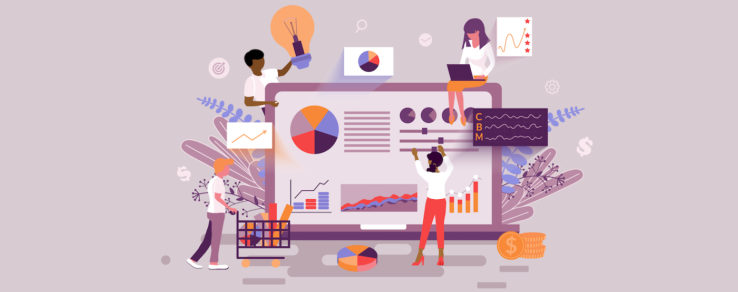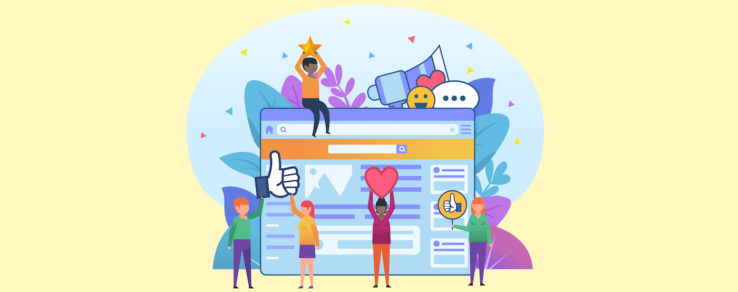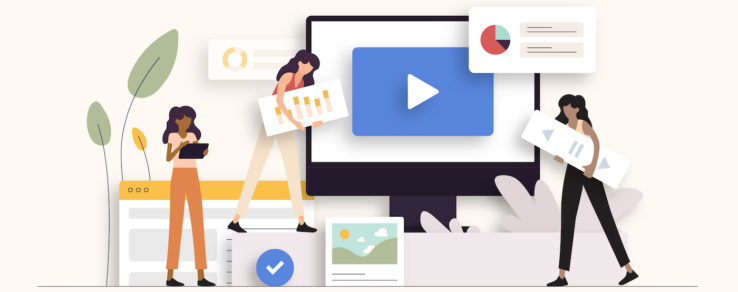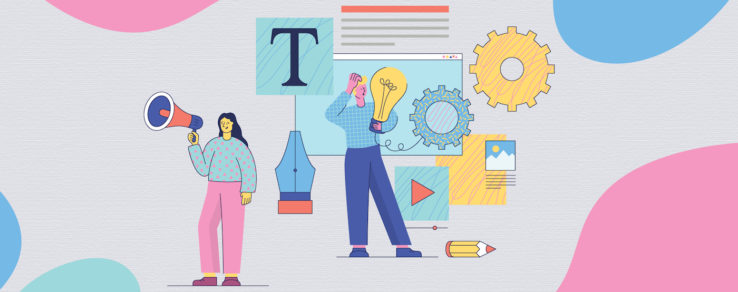A successful content marketing strategy usually hinges on two factors: understanding your customers, and producing relevant content to connect with them. The secret is to make sure that both sides of this equation are in balance. Once your content is aligned with your audience’s needs and interests, the results will show.
But how do you actually measure the results of your content strategy? The reality is that while successful content marketing will increase customer engagement and lead to measurable outcomes such as program signups, the key performance indicators go way beyond simple conversion rates.
Is your content strategy working?
Content marketing is a long-term approach to customer engagement that positions your energy utility as a helpful resource in customers’ lives. When your content answers their questions and offers useful advice, customers will not only be more satisfied with their energy provider, they will be more likely to participate in your programs.
Engagement metrics will help you understand how this content is performing. For example, the number pageviews indicate how popular a piece of content is. If a page hosting your utility’s most recent energy efficiency infographic is racking up a lot of pageviews, it means your customers find it helpful or interesting.
If a piece of content is lacking in pageviews, however, it could mean that it isn’t providing value to customers. The popularity of your content (measured in pageviews) will help you understand topics and formats resonate with your customers.
Average time on page is also important for understanding the value of your energy utility’s content. When combined with pageviews, the results show just how engaging a piece of content is — that is, the content isn’t just popular, customers are spending time with it.
For example, what happens if your energy efficiency infographic is receiving a lot of pageviews but customers are only spending a few second with it? This could mean that your headline or link is piquing customer interest — they click to the page — but when they get there they find the infographic is not valuable or interesting so they quickly leave. So, the infographic appears to be popular but it’s not effective. That’s why it’s important to review all performance metrics in context when evaluating your content strategy.
If your content includes a CTA linking to a program page or other promotion, it’s also valuable to review the number of clicks it receives. Try testing different CTA options, such as “Learn More,” “Sign Up” or “Get Started” to see what connects with your customers and improves the click-through rate. These metrics indicate if customers find the content relevant and valuable enough to click through to the program or other information.
Drive results with content performance metrics
When it comes to content strategy success, the performance metrics are just as important as the quality of the content itself. This insight will show your energy utility what content is working and what isn’t, so that can optimize engagement and drive program results. Remember to review metrics in content, rather than separately, to get the complete picture of how customers interact with your content. As you develop your content marketing strategy, understanding your data will help set up your energy utility for success.




